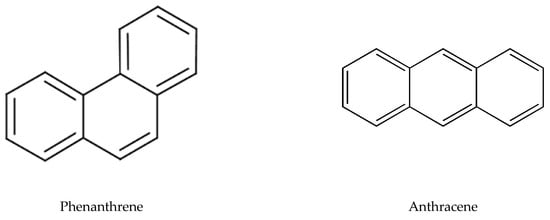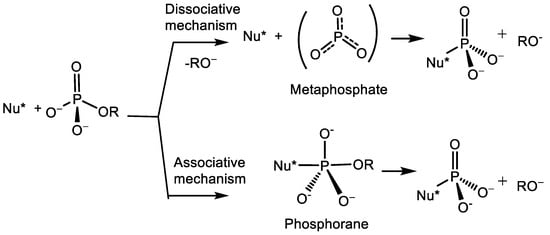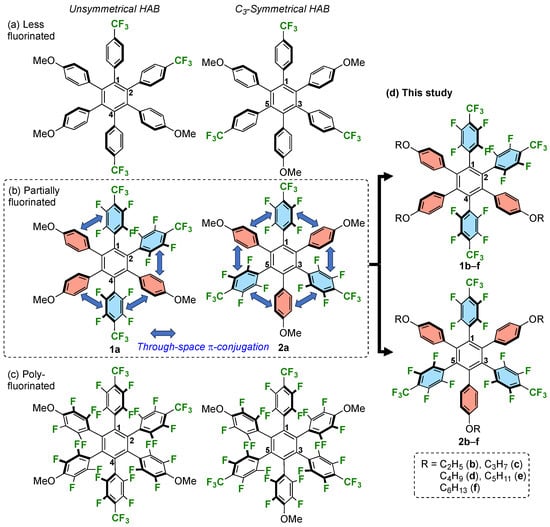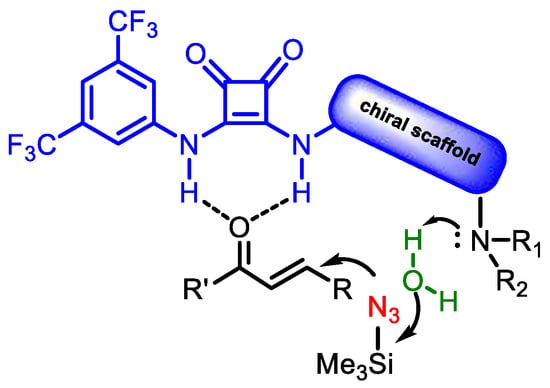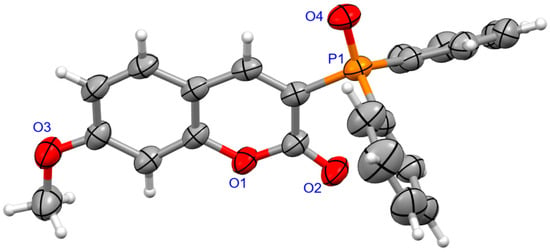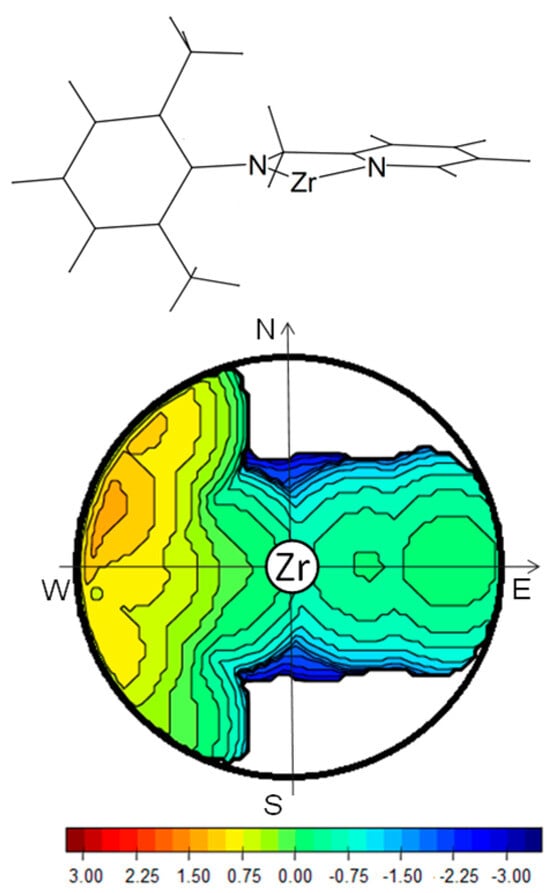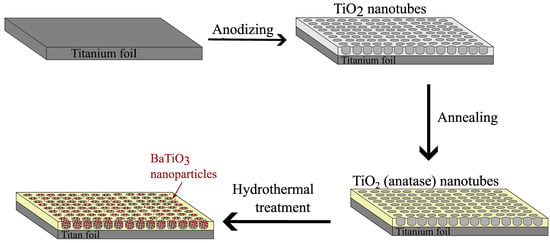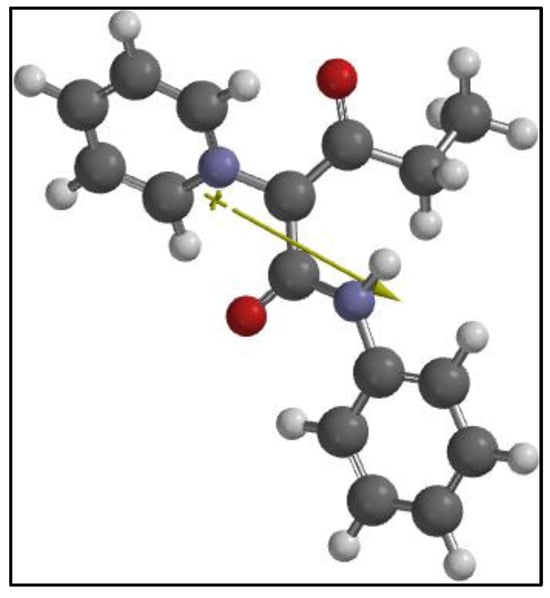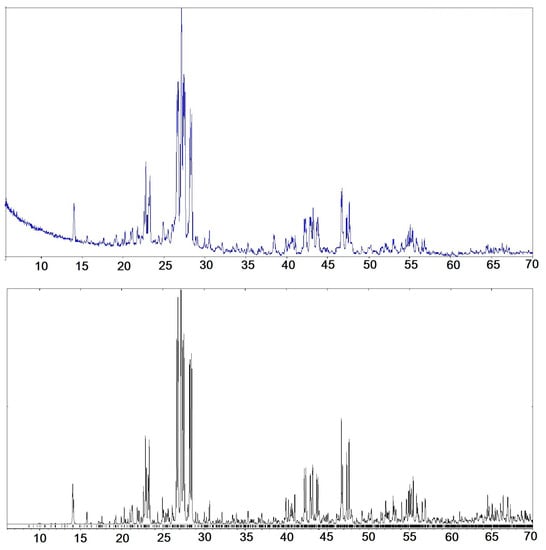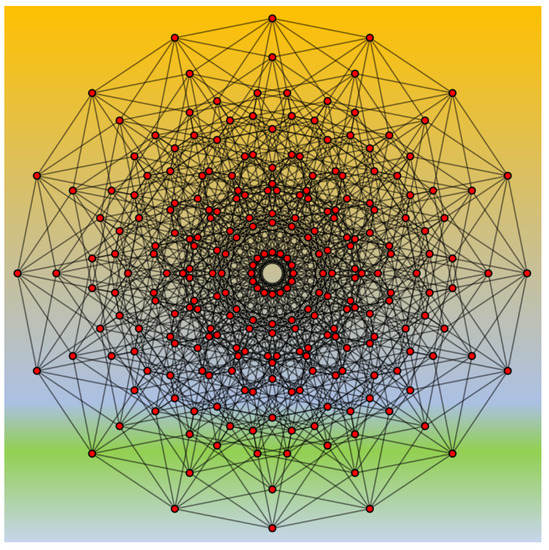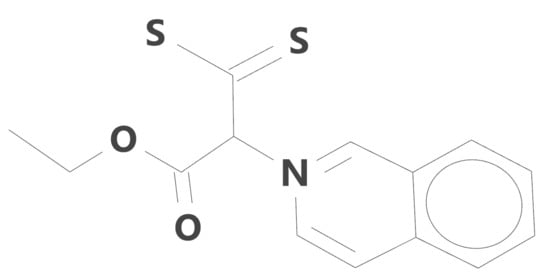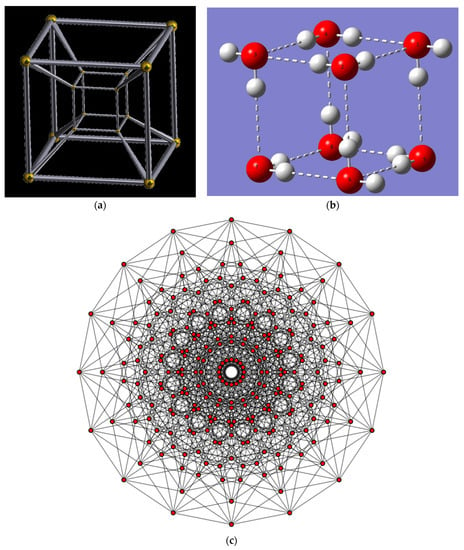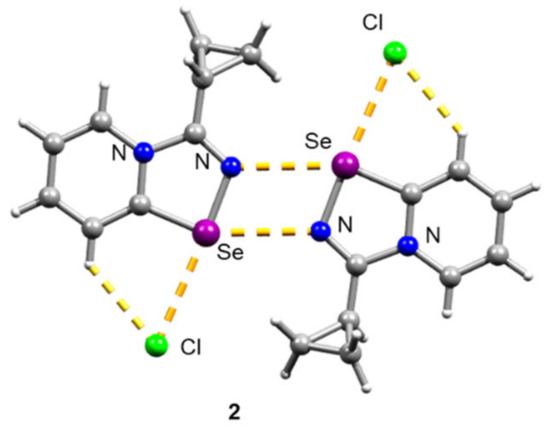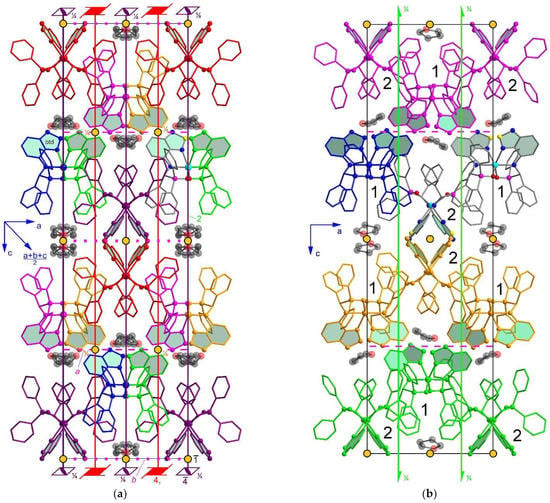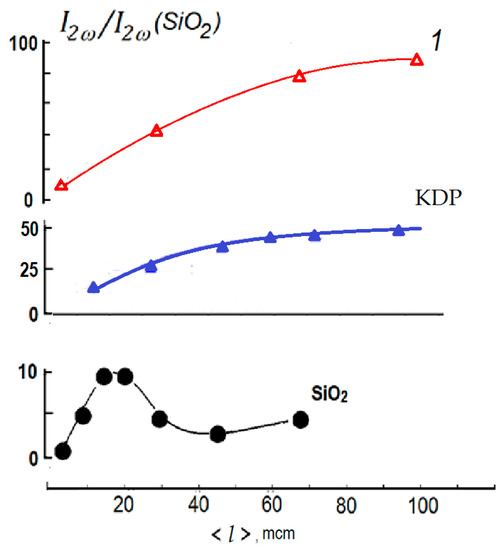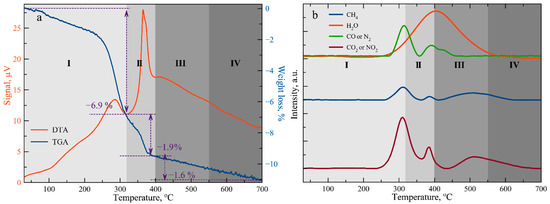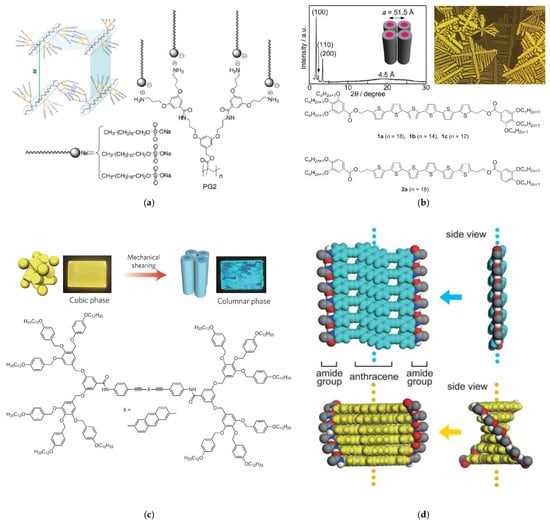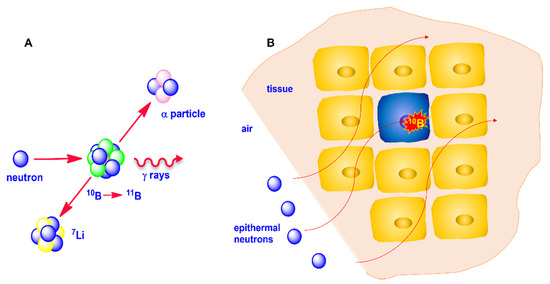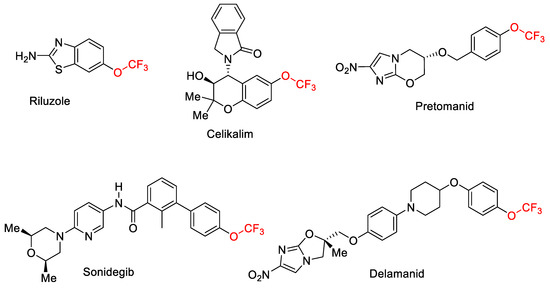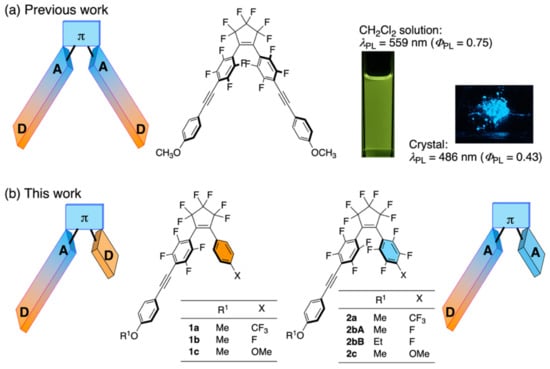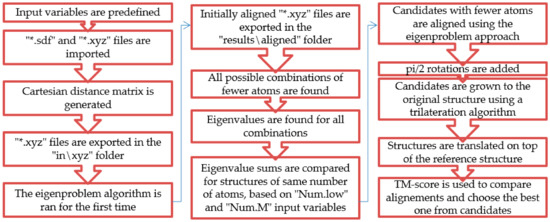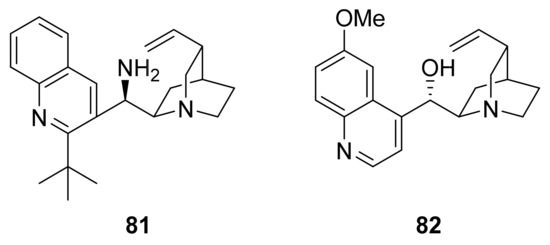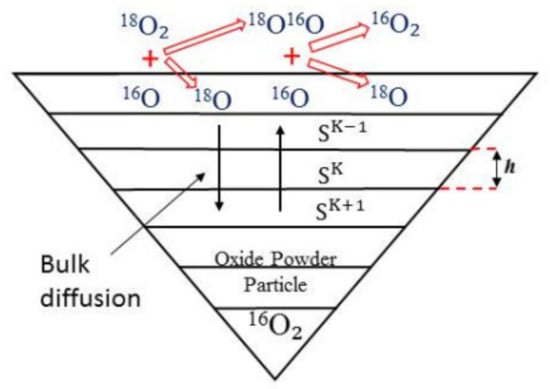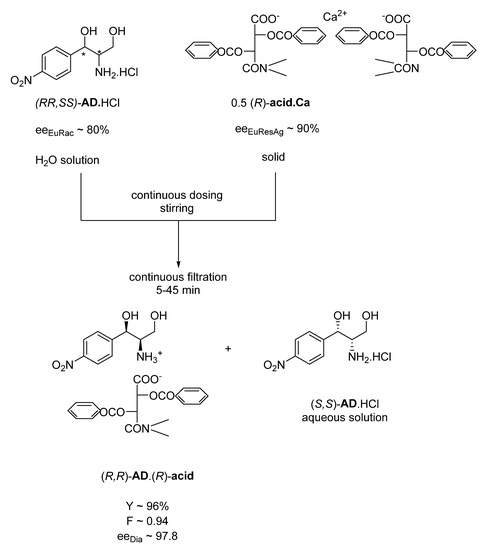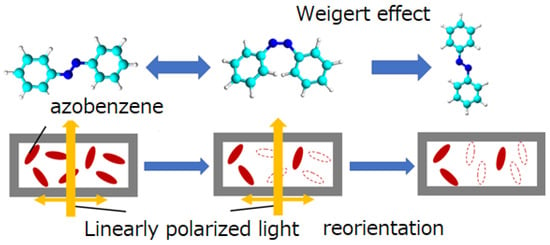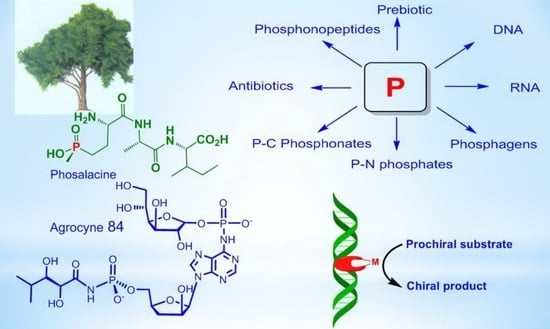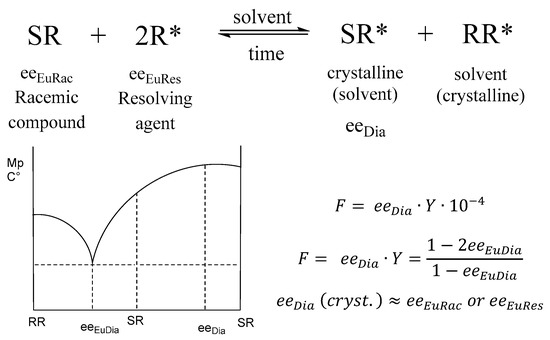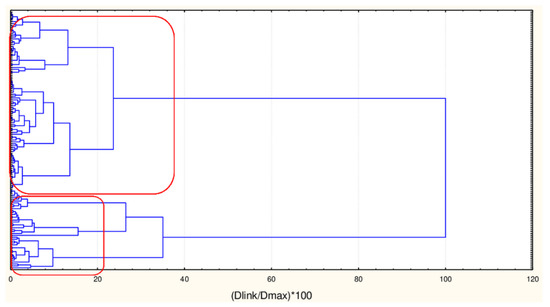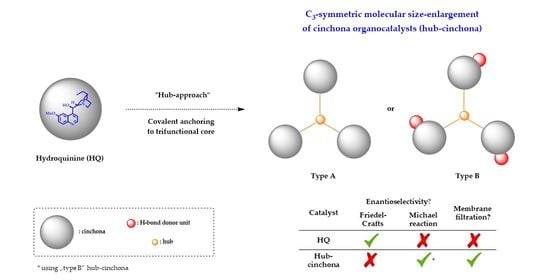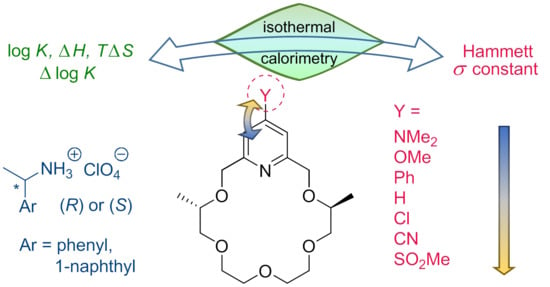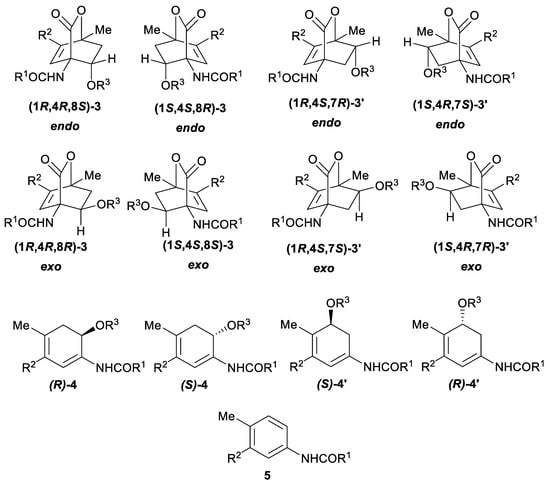Feature Papers in Chemistry
A topical collection in Symmetry (ISSN 2073-8994). This collection belongs to the section "Chemistry: Symmetry/Asymmetry".
Viewed by 178951Editor
Interests: organophosphorus chemistry; P-heterocycles; phosphonic and phosphinic derivatives; bisphosphonates; green chemistry; microwave assistance; ionic liquids; catalysts; solvent-free reactions; P-C couplings; flow chemistry; pharmaceutical developments
Special Issues, Collections and Topics in MDPI journals
Topical Collection Information
All kinds of symmetry-related problems in chemistry may be the subject of papers submitted to Symmetry. One of the most relevant fields includes optical activity that is the consequence of a kind of chirality center, such as an asymmetric C atom or a heteroatom like P. Discussion of problems associated with a stereogenic center or centers, such as separation of racemates, enantiomer enrichment or separation, chiral induction, diastereomeric transition states, diastereomers or intermediates, asymmetric syntheses, or any kind of selective synthesis, is welcome. New transition metal complex catalysts comprising optically active ligands and the asymmetric reactions they allow are also of interest.
X-ray crystallography is another exciting field that produces results within the scope of Symmetry. These days, single-crystal X-ray analysis is a routine method that not only allows the elucidation of the stereostructures of individual molecules but also gives insights regarding the hidden symmetry/asymmetry issues of the crystal structure.
Prof. Dr. György Keglevich
Guest Editor
Manuscript Submission Information
Manuscripts should be submitted online at www.mdpi.com by registering and logging in to this website. Once you are registered, click here to go to the submission form. Manuscripts can be submitted until the deadline. All submissions that pass pre-check are peer-reviewed. Accepted papers will be published continuously in the journal (as soon as accepted) and will be listed together on the collection website. Research articles, review articles as well as short communications are invited. For planned papers, a title and short abstract (about 250 words) can be sent to the Editorial Office for assessment.
Submitted manuscripts should not have been published previously, nor be under consideration for publication elsewhere (except conference proceedings papers). All manuscripts are thoroughly refereed through a single-blind peer-review process. A guide for authors and other relevant information for submission of manuscripts is available on the Instructions for Authors page. Symmetry is an international peer-reviewed open access monthly journal published by MDPI.
Please visit the Instructions for Authors page before submitting a manuscript. The Article Processing Charge (APC) for publication in this open access journal is 2400 CHF (Swiss Francs). Submitted papers should be well formatted and use good English. Authors may use MDPI's English editing service prior to publication or during author revisions.














